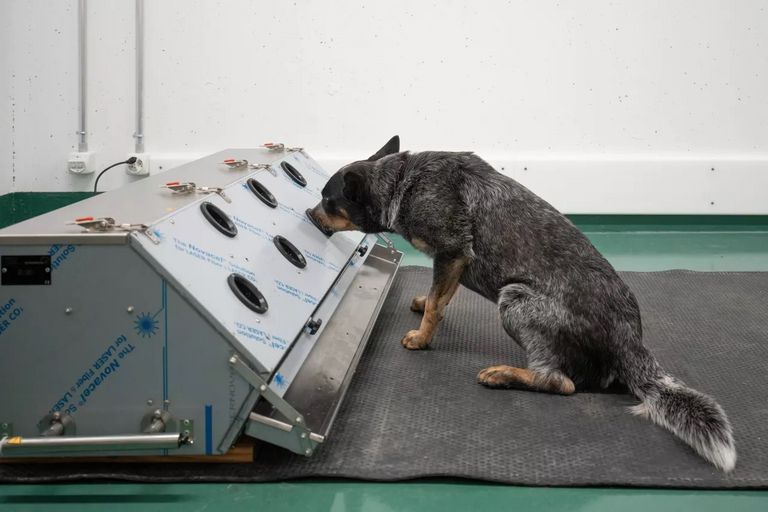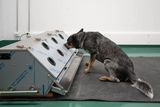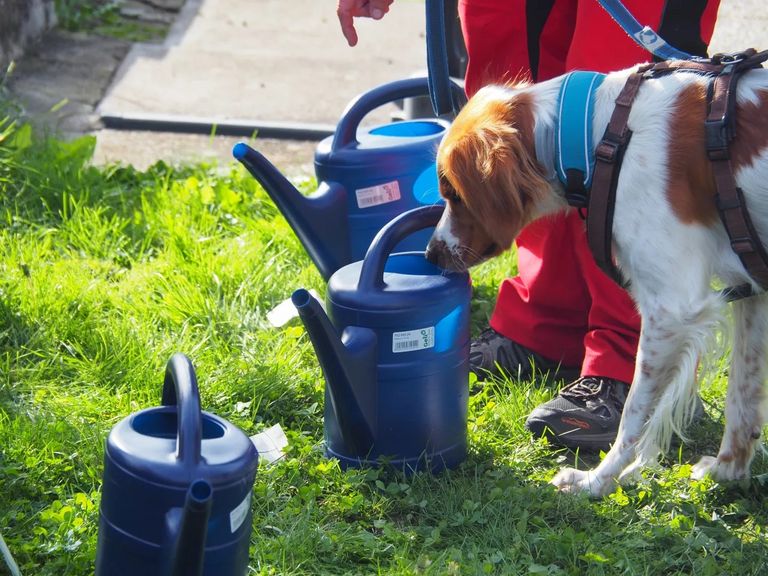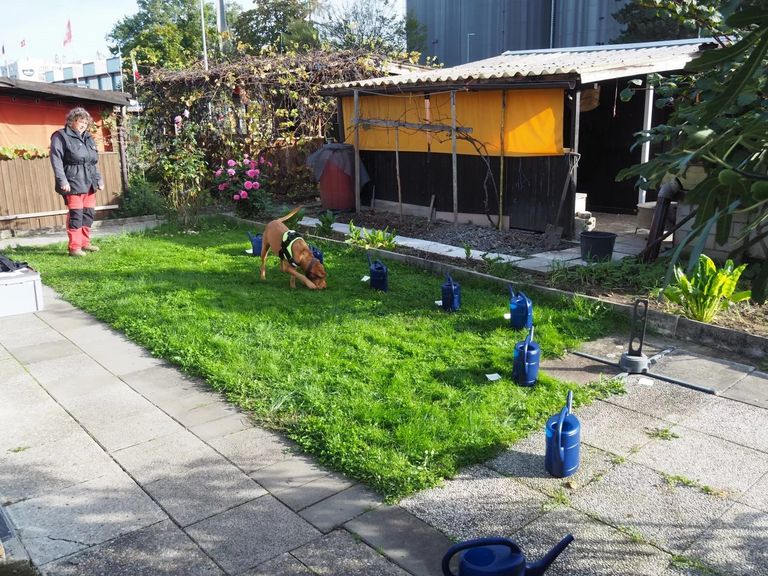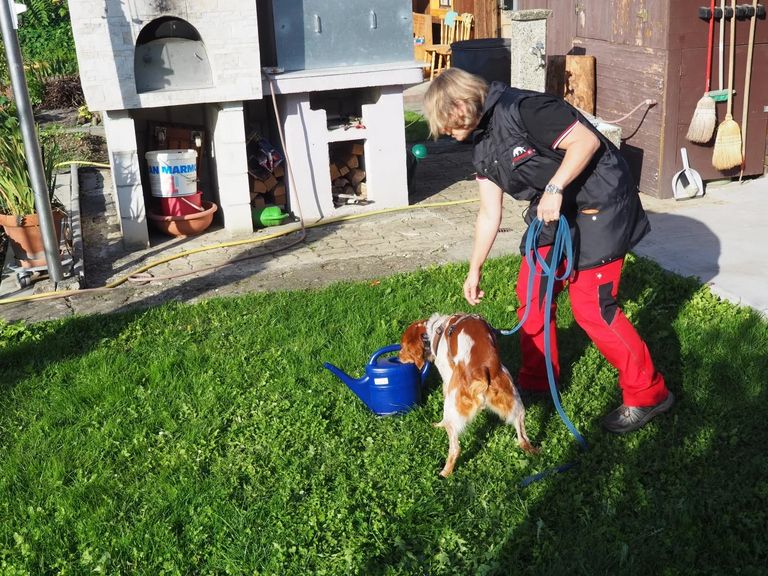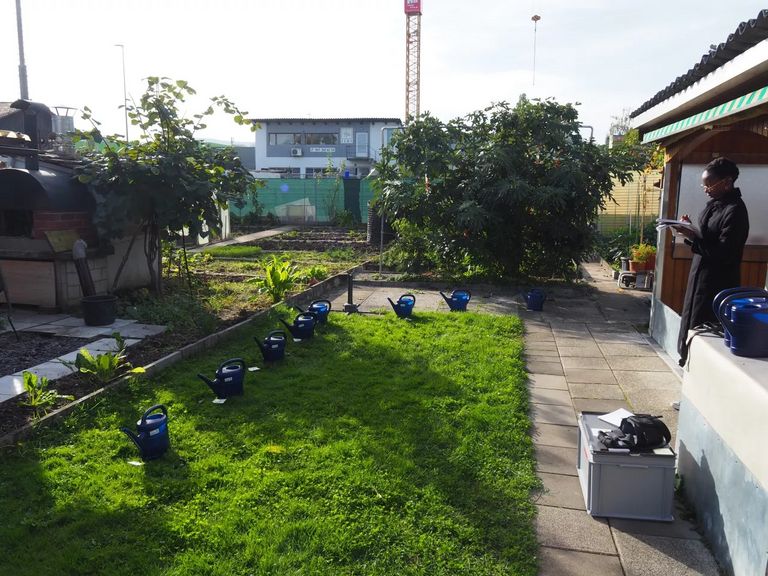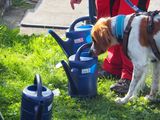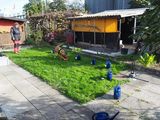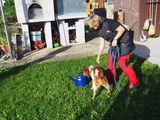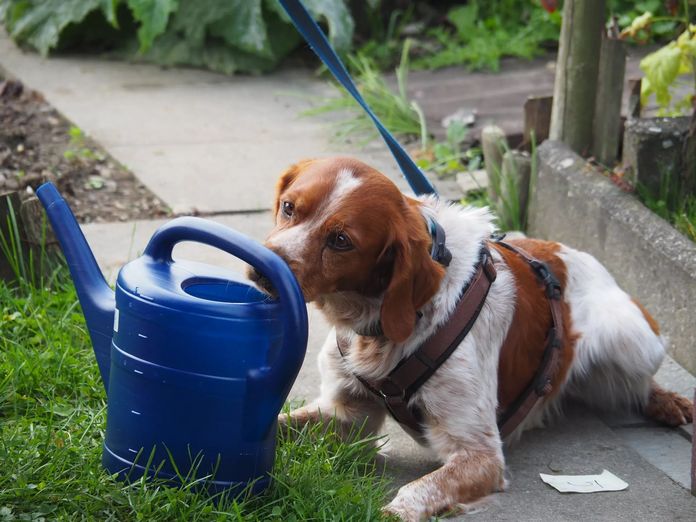
You've probably heard of truffle dogs or mine dogs. Tiger mosquito dogs might join the group of dogs with amazing sniffing abilities in the not-too-distant future, as a study of the Swiss Tropical and Public Health Institute in Allschwil suggests.
The Asian tiger mosquito Aedes albopictus is one of the most invasive species worldwide and is also spreading across Switzerland. It can spread diseases such as dengue, chikungunya, and zika fever, and is an aggressive biter. Therefore, early detection of infested areas is key to promptly implement targeted control measures and to slow down its further spread (see box at the end for more information).
Getting canine help
Dogs are known for their ability to support human handlers in detecting a wide range of odor sources. Besides illegal animal products, ammunition, explosives, drugs and more, trained dogs can also detect unwanted insects like bed bugs or wood-damaging beetles. The Vector Biology Unit of the Swiss Tropical and Public Health Institute (Swiss TPH) set out to investigate if dogs could help in locating tiger mosquito larvae and thus their breeding sites in newly infested areas. For this purpose, we designed an experiment with both a lab and a field component. The six dogs that participated in the experiment belonged to the team Neobiota Spürhunde Schweiz, which was disbanded at the end of 2023. The members joined the Swiss Association of Detection Dogs for Harmful Organisms (Verband Spürhundewesen Schadorganismen Schweiz).
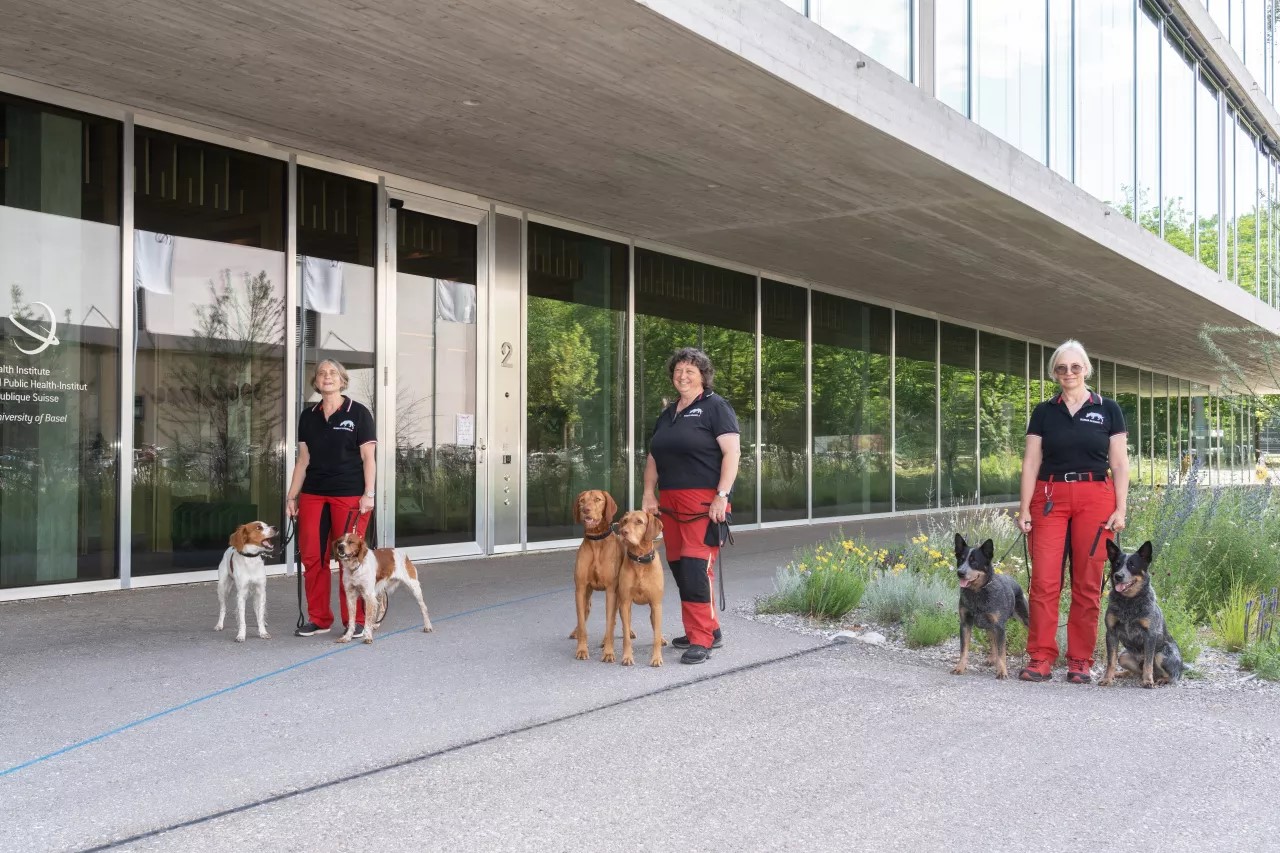
Sniff training
For the initial training in the lab and to investigate if dogs can actually recognise tiger mosquito larvae and differentiate them from other mosquito species, we used a so-called detection dog training system (DDTS). The device has seven openings. Behind each opening there are two containers that can be moved to the opening by a movable sledge. The target odor, in our case tiger mosquito larvae, is placed in one of the two containers at each position, the second container is filled with a different odor that serves as a control and distraction. A software randomly presents the target odor in one of the seven openings at each repetition. The other six openings contain the control odor. The dogs then check the openings and indicate a detection by keeping the nose for several seconds in the opening, where there is a photo sensor. If they are right, the DDTS emits a short sound and as a reward some dog treats are automatically released in the tray below.
Training in the Lab
At the beginning of the experiment, we used 50 tiger mosquito larvae in 50 ml water per container. Over time, the number of larvae was decreased down to one and the amount of water was increased up to 100 ml. The negative controls included larvae of other mosquito species that are typically found at the same breeding sites.
"It turned out that dogs can indeed identify tiger mosquito larvae and distinguish them from other species!"
All six dogs got the rules of the game very quickly and did a brilliant job at the DDTS. Their success rates were 80–90%, the older dogs with more experience did generally slightly better than the younger ones. It turned out that dogs can indeed identify tiger mosquito larvae and distinguish them from other species!
Out in the field
In a next step, we started field training in a community garden (“Schrebergarten”). For this, we made a parkour of watering cans placed in different garden plots. The aim of the training was that dogs learn to identify the watering cans as potential mosquito breeding sites, check them for the target odor and point out the one with tiger mosquito larvae. The cans were randomly rearranged after each repetition.
Field training
We realised quite quickly that this exercise was a lot more difficult than the previous task in the lab. Besides being able to correctly identify a target odor, detection dogs need to learn where they have to search for it. In other words, they need to understand “the game”, otherwise they will be frustrated very quickly, and the assignment will not be fulfilled. Imprinting these search patterns needs many repetitions and more intensive training than was possible in the present study. Unfortunately, dog handlers cannot train their dogs at home – which would speed up the training process – because it is not permitted to use the larvae of Ae. albopictus, an invasive species, outside a controlled study setting. The ideal solution would be an artificial odor that could be used for dog training. Whether such an odor can be synthetized is still under investigation.
However, it is exciting that dogs are able to pick up the odor of a single mosquito larva submerged in water and differentiate it from other species! The future will show if, after more training, dogs could help us in the field with discovering breeding sites and contribute in further managing the continuous spread of the Asian tiger mosquito in Switzerland.


